Umberto D. (1952)
“She’s hoping I’ll die — but I’m not going to.”
|
Synopsis: |
|
Genres, Themes, Actors, and Directors:
Response to Peary’s Review: Peary points out that this “realistic film has many deeply moving sequences — you won’t forget Umberto sitting in his room, which has been virtually destroyed because the landlady is having it converted into a parlor”: … “or Umberto searching for his dog at the pound”: … “or the maid silently going through her morning routine while obviously thinking of her unhappy future.” An ongoing theme of the film is that Umberto is “too proud to ask his well-off acquaintances for a needed loan (and they never offer it)”: … “or join the growing number of beggars in the city” — though he does attempt to sell as many of his items as possible to collect money for his back rent. However, “Umberto feels increasingly lost and tired, and would commit suicide if he didn’t worry about the welfare of [his] dog.” Umberto D. is an emotionally challenging film to watch, especially given how strongly its central issues continue to resonate today — we’re not a whole lot closer to providing any kind of security to those living on the margins of survival. As usual, it’s non-governmental organizations that step up to provide a safety net, as when Umberto goes to a private Catholic hospital to recover from tonsillitis and receives a week of care, shelter, and steady food: Meanwhile, the unfeeling nature of the ever-present bourgeoise is epitomized by Umberto’s self-absorbed landlady, who bears a passing resemblance to Lana Turner: This neo-realistic classic (often considered the final film of the “movement”) remains well worth a look by all film fanatics — who should nonetheless be prepared to shed some well-deserved tears, especially during the moments leading up to the “glorious final shot, which allows Umberto D., Flike, and us at least a moment of relief.” Notable Performances, Qualities, and Moments:
Must See? Categories
(Listed in 1001 Movies You Must See Before You Die) Links: |
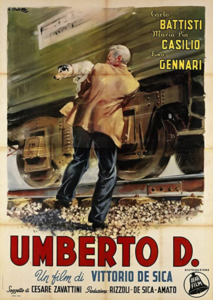
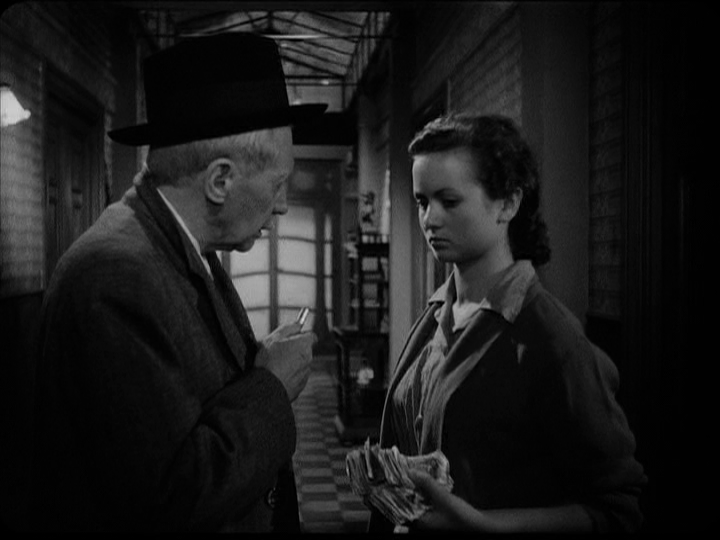
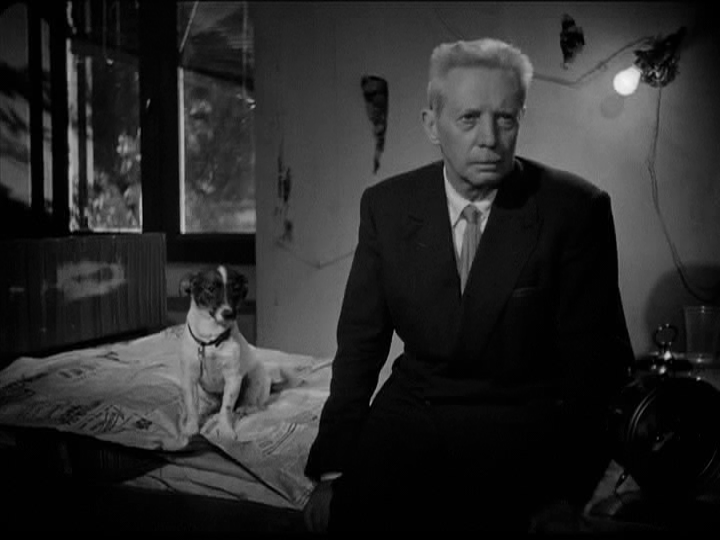
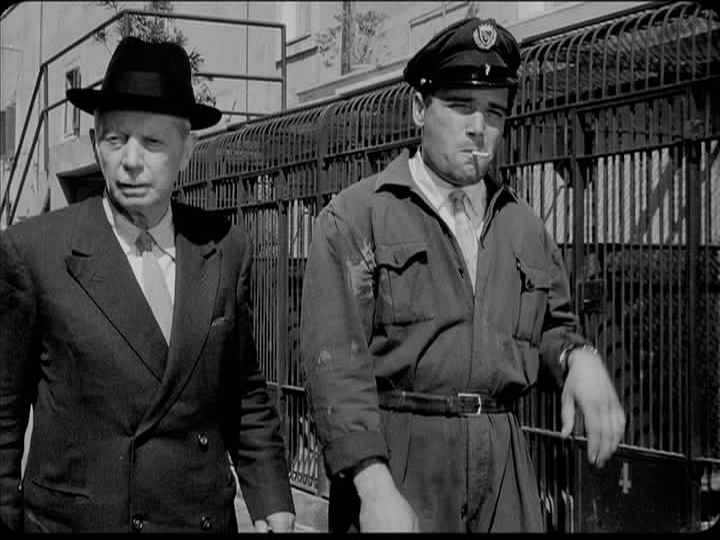
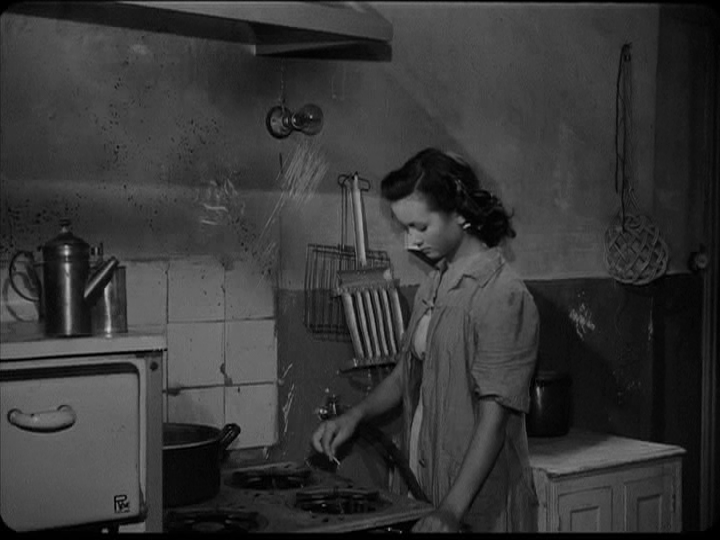

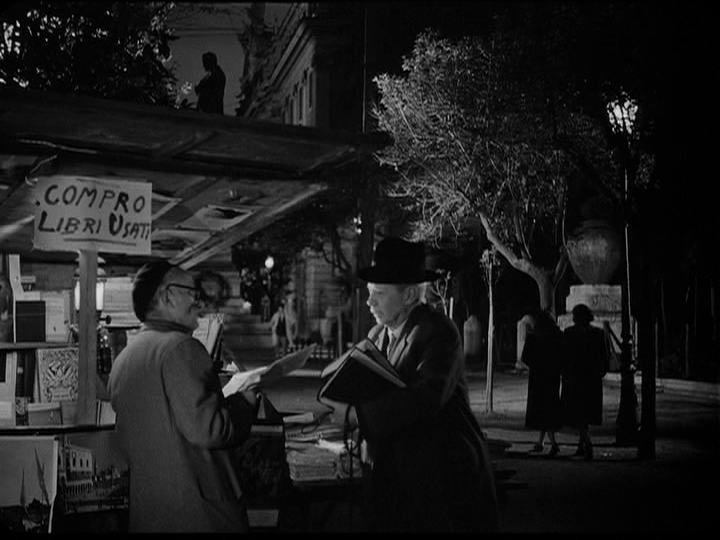

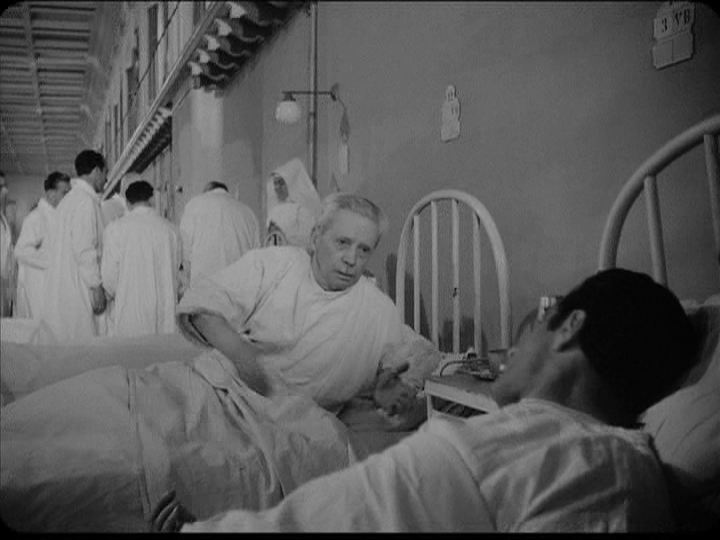
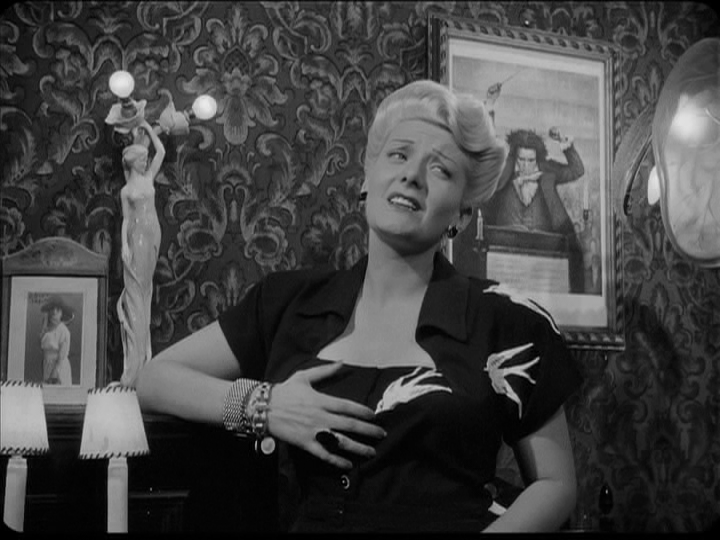



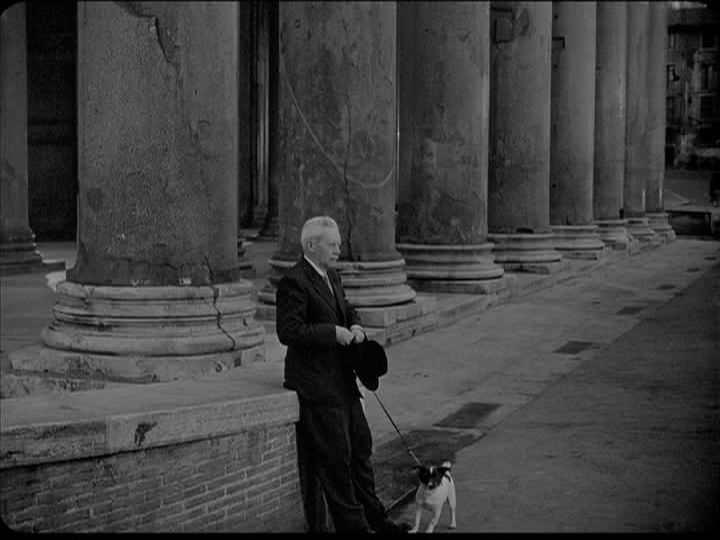

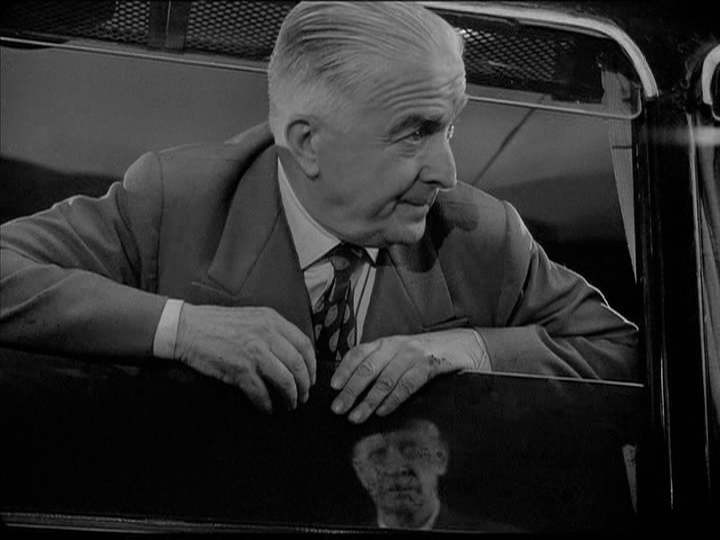
One thought on “Umberto D. (1952)”
A once-must, for its place in Italian cinema history. The average viewer probably wouldn’t want to watch it more than once; it’s quite depressing but, aside from that, its impact isn’t easily forgotten.
That penultimate moment when Flike senses the oncoming train… combined with Umberto’s retreating reaction… very powerful and heartbreaking.